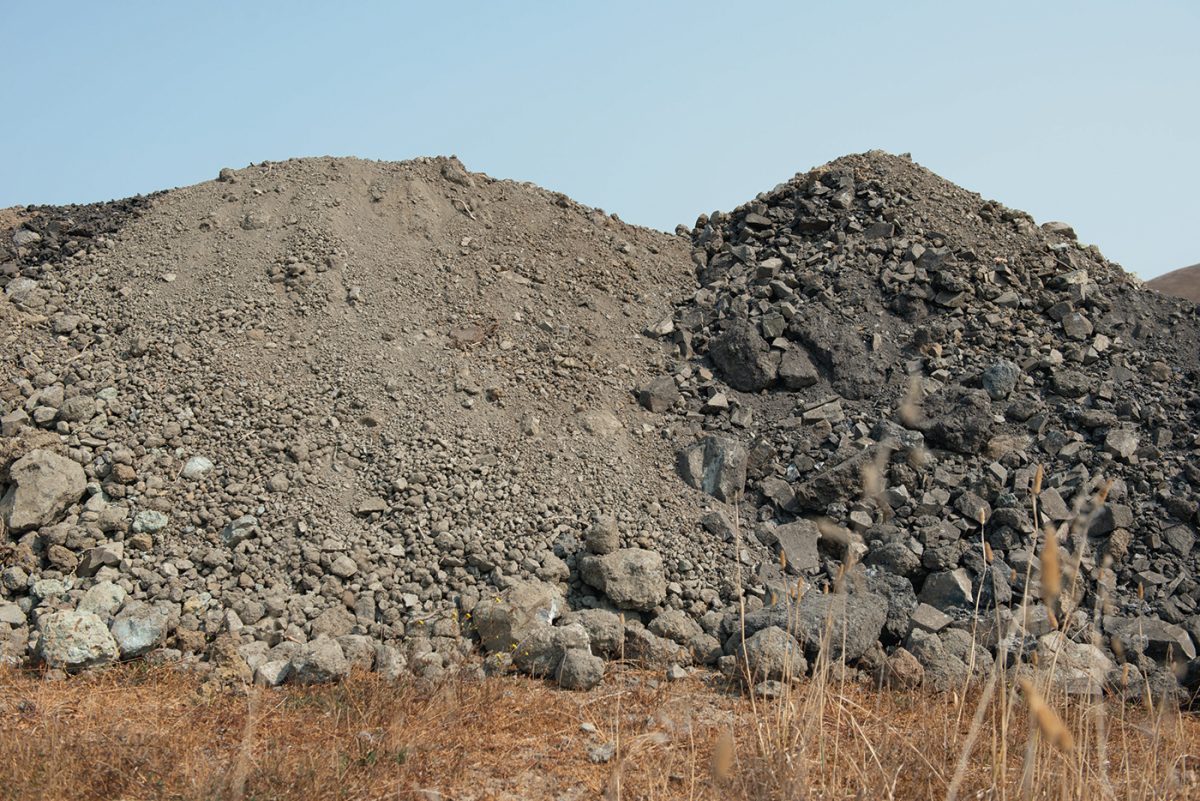Hoping to provide local contractors with a closer option for recycled asphalt and concrete, Lunny Grading & Paving, which operates a rock quarry in Nicasio . . .
Nicasio quarry hopes to extract less, recycle


Hoping to provide local contractors with a closer option for recycled asphalt and concrete, Lunny Grading & Paving, which operates a rock quarry in Nicasio . . .